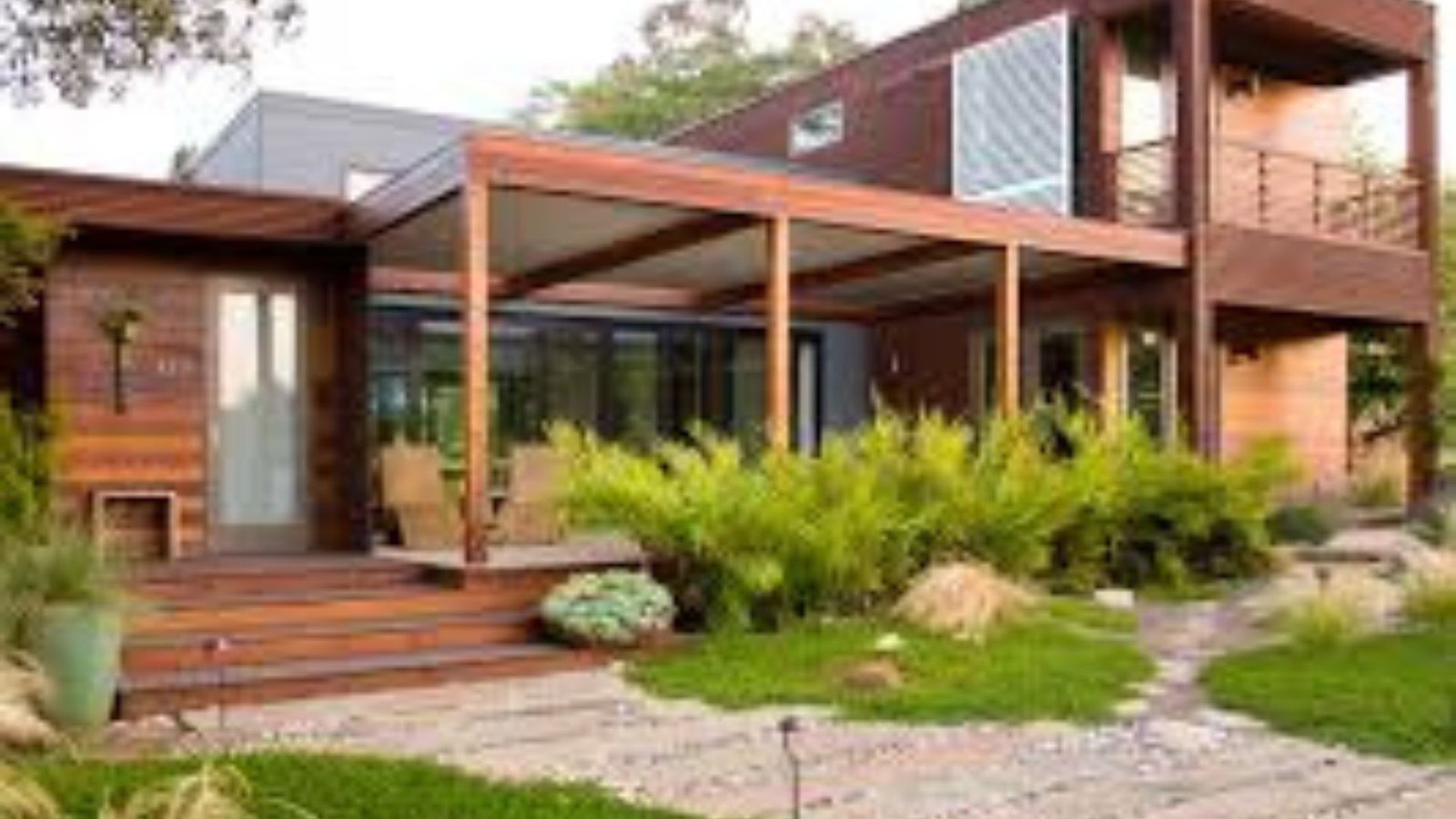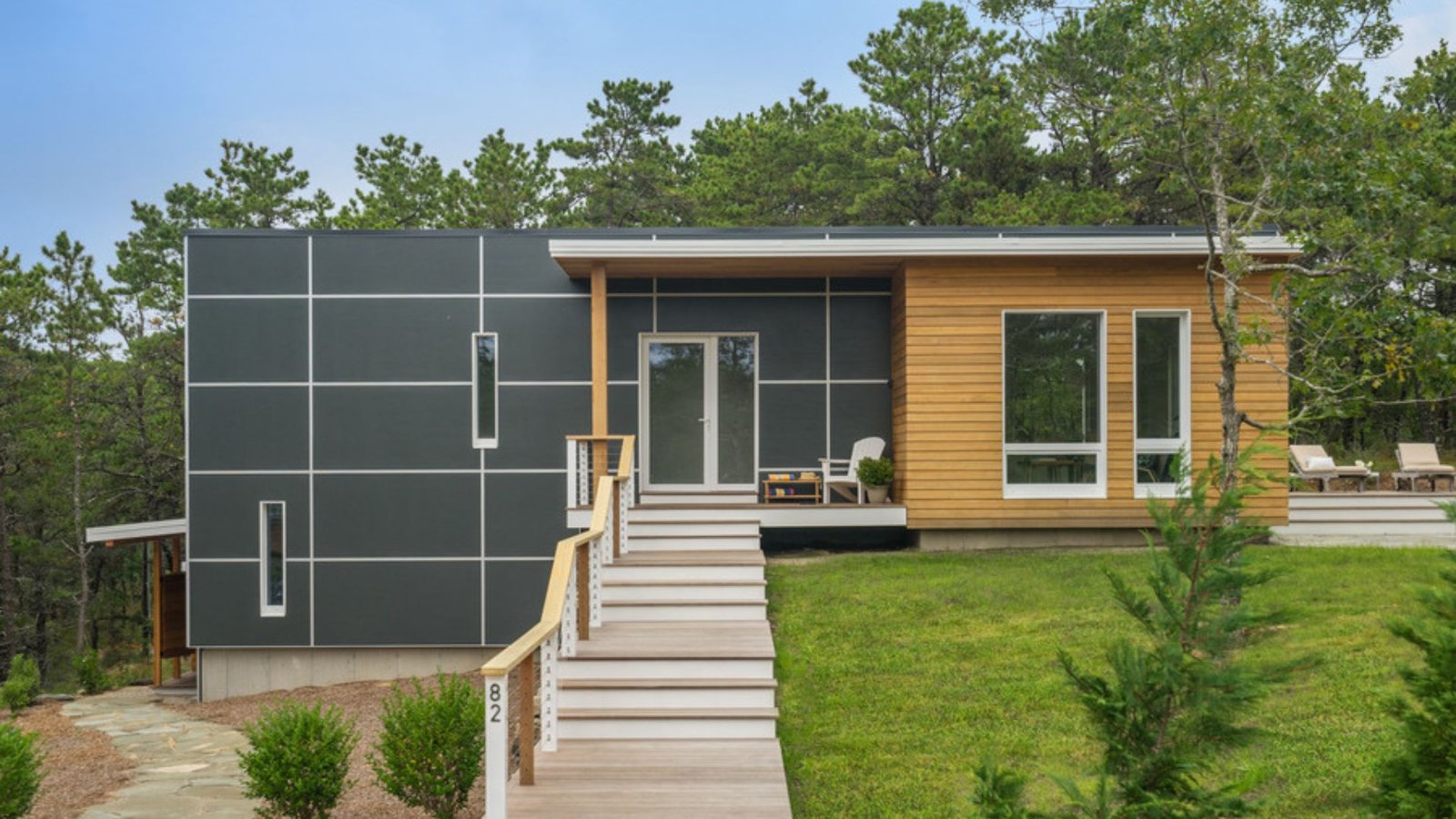Sustainable Architectural Styles For Green Living
Sustainable architecture plays a crucial role in green living. It focuses on creating buildings that are energy-efficient, environmentally friendly, and sustainable. In this post, we will explore various sustainable architectural styles that promote green living and contribute to a healthier planet.

Top Sustainable Architectural Styles for Green Living
When designing eco-friendly buildings, several architectural styles stand out. Each style emphasizes different aspects of sustainability, from energy efficiency to material conservation. Let’s look at some of the best styles for green living.
Passive Solar Architecture
Firstly, passive solar architecture is a key style for sustainable living. This design approach effectively maximizes natural light and heat from the sun. By using large windows, thermal mass, and strategic building orientation, passive solar homes significantly reduce the need for artificial heating and cooling.
Additionally, passive solar buildings often include features such as overhangs and thermal blinds. These elements help control sunlight and maintain comfortable indoor temperatures. Consequently, this style not only reduces energy consumption but also enhances indoor comfort.
Green Roof Architecture
Another popular sustainable style is green roof architecture. This design involves covering roofs with vegetation. Green roofs provide numerous benefits, including natural insulation, reduced rainwater runoff, and improved air quality. Furthermore, they create green spaces in urban areas, promoting biodiversity.
Moreover, green roofs help to mitigate the urban heat island effect. This effect occurs when urban areas become significantly warmer than their rural surroundings due to human activities and infrastructure. Therefore, green roofs play a vital role in cooling urban environments.
Earth-Sheltered Architecture
Earth-sheltered architecture offers another eco-friendly option. This approach involves partially or completely burying a building in the earth. As a result, the structure benefits from natural insulation provided by the surrounding soil.
In addition, earth-sheltered buildings often have lower heating and cooling costs. They also blend seamlessly with their natural surroundings, minimizing visual impact and reducing land use. Hence, this style is ideal for those seeking both efficiency and aesthetic harmony with nature.
Straw Bale Construction
Straw bale construction is an innovative and sustainable building technique. This method uses straw bales as the primary building material. Straw is a renewable resource that provides excellent insulation.
Moreover, straw bale homes are highly energy-efficient and have a low environmental impact. They also offer a unique aesthetic and can be built using locally sourced materials, which further reduces their carbon footprint. Thus, straw bale construction presents a practical solution for sustainable living.
Enhance Your Relaxation Experience
At My Aromatica, we believe in creating peaceful moments through soothing scents and natural wellness. After enjoying your favorite essential oils, you might want to explore exciting entertainment options. The casinocorner casino offers a vibrant selection of games that combine fun with the thrill of winning. It’s a perfect way to unwind and add a bit of excitement to your day.
Recycled Materials Architecture
Using recycled materials is another effective way to promote green living. Architects who focus on recycled materials often repurpose items such as reclaimed wood, recycled metal, and repurposed bricks.
This approach not only reduces waste but also lowers the demand for new resources. Consequently, buildings designed with recycled materials often have a unique character and contribute to a more sustainable construction industry. Therefore, opting for recycled materials is a smart choice for eco-conscious projects.
Why Choose Sustainable Architectural Styles?
Why should you consider these sustainable architectural styles for green living? Firstly, they significantly reduce energy consumption and lower utility costs. Each style incorporates features that minimize reliance on non-renewable energy sources.
Secondly, these styles contribute to environmental conservation. By using renewable resources and reducing waste, they help protect natural ecosystems and reduce carbon emissions. Therefore, adopting these styles aligns with both environmental and economic benefits.
How to Implement Sustainable Architectural Styles
To implement these sustainable styles, start by researching each option and assessing your needs. Consider factors such as climate, location, and budget. Consulting with an architect who specializes in sustainable design can also provide valuable insights.
Next, choose materials and techniques that align with your chosen style. For example, if you opt for a green roof, select suitable plants and ensure proper installation. If you prefer straw bale construction, find a builder experienced with this method.
Finally, monitor and maintain your sustainable features. Regular maintenance ensures that your green living solutions continue to perform effectively and contribute to long-term sustainability. Thus, ongoing care is crucial for achieving lasting benefits.
Beauty and Online Entertainment
Myaromatica.com offers a range of beauty and personal care products. For those seeking alternative online experiences, explore the excitement of real money online roulette. Discover a new world of online fun.
Conclusion
In summary, adopting sustainable architectural styles for green living is essential for reducing environmental impact and promoting a healthier lifestyle. Styles such as passive solar architecture, green roofs, earth-sheltered buildings, straw bale construction, and recycled materials architecture each offer unique benefits.
When choosing a sustainable style, consider your specific needs, the local environment, and available resources. By doing so, you can create a more eco-friendly and energy-efficient living space.



